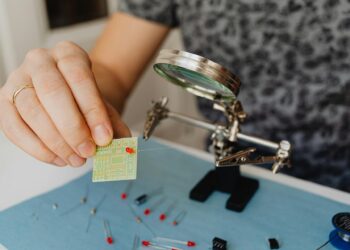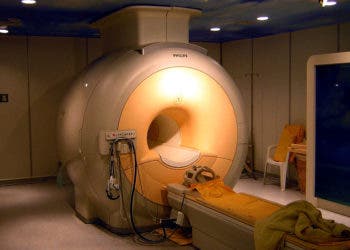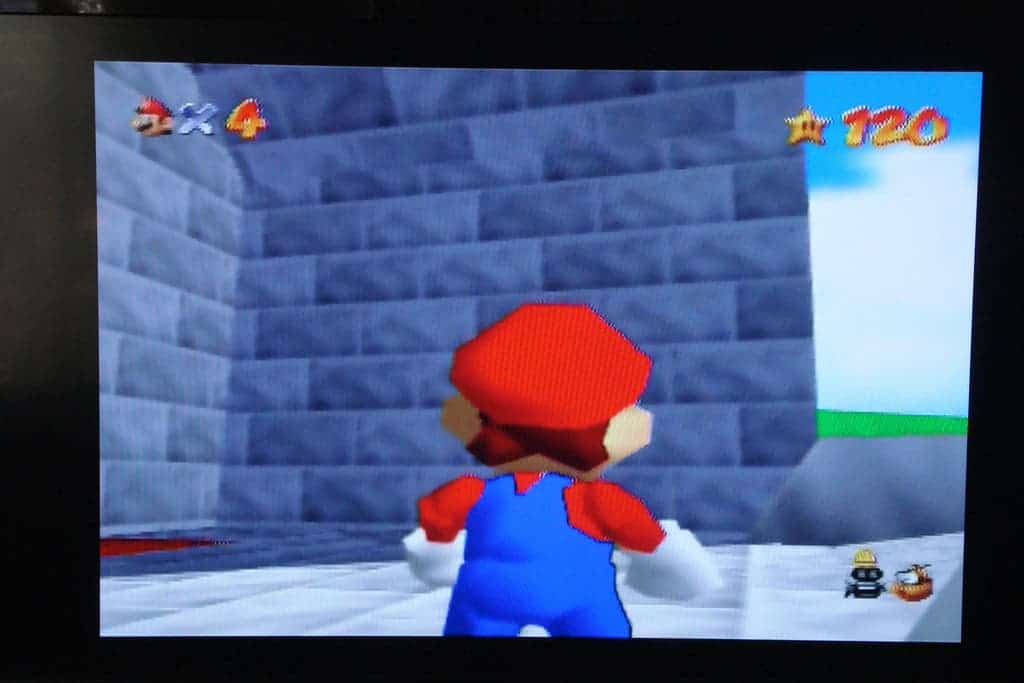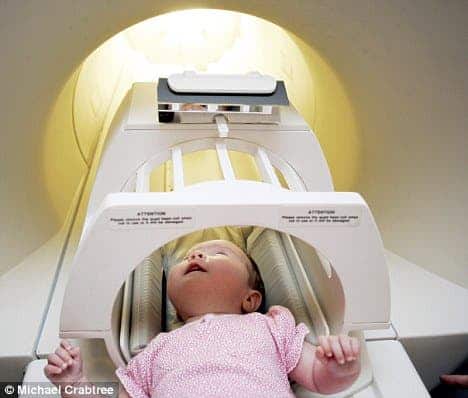
Every once in a while, some people who have had a limb, organ or some other body part amputated or removed still experience it, feel its pain and experience the sensation that it’s still attached to the body and is moving appropriately with other body parts. This sensation is typically referred to as phantom limb. Now, researchers at Oxford University have found that changes in the brain following amputation are responsible for the sensation.
‘Almost all people who have lost a limb have some sensation that it is still there, and it’s thought that around 80% of amputees experience some level of pain associated with the missing limb. For some the pain is so great it is hugely debilitating,’ says first author Dr Tamar Makin of the Centre for Functional Magnetic Resonance Imaging of the Brain (FMRIB) at Oxford University.
The origin of this peculiar pain, that shouldn’t be there in the first place, is poorly understood currently. Explanations for the phantom limb pain range from injured nerve endings where the limb was lost to changes in the brain areas connected with the missing limb. What’s certain is that it hurts, and in some cases very badly.
Lynn Ledger, a 48 year old trained therapist and advisor to charities on management training from Nottingham, UK, took party in the study. She had lost her left arm following a failed radiotherapy for a rare form of cancer – the tumor had be cut out, limb and all. Still, even though her left arm was gone, she could feel tremendous pain as it would originated from it.
‘I’ve pretty much tried everything to deal with the pain but nothing has worked,’ Lynn says. ‘There are no drug treatments that work because the condition is not fully understood yet. I can only use various distraction techniques, breathing exercises and mental imagery techniques, to help me manage the pain.
‘It’s very hard to describe the pain to others. I have a nonexistent limb, but I still sense it and feel pain. It’s like: imagine you are wearing a lady’s evening glove that stretches from the fingers up the arm past the elbow. But everywhere the glove covers, it’s as if it’s constantly crushing your arm. There are also shooting pains and intensely painful burning sensations that come and go, but the crushing pain is constant.
‘When I heard about this study I wanted to be involved as it was trying to improve people’s understanding of the condition.’
Like Ledger there are thousand who battle an invisible pain every day. Researchers at Oxford used used MRI imaging to study how the phantom limb pain was felt by 18 amputees, with differing levels of phantom pain. The data was compared to 11 individuals born with one hand through a limb deficiency and a control group of 22 adults with two full limbs.
This pain you can not see
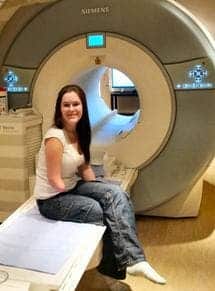
To be on the safe side, the participants involved in the study had their limbs amputated on average 18 years ago. It’s important to note that even after all this time, they still experienced pain. In order to see how the missing limb still relates to the brain, the researchers asked participants to think about moving the fingers of their missing hand.
They found that the brain maintained its representation of the hand, even though the limb was no longer there. Moreover, there’s a direct correlation between the amount and frequency of experienced pain and the extent of this representation – the stronger the pain, the better the representation. All this despite the limb might have been removed decades ago.
The researchers found that the amount of grey matter in the phantom hand area of the brain was reduced in amputees compared to those with two hands. But again this was linked to the amount of pain amputees felt. Those experiencing stronger pain showed less structural degeneration in the missing hand area following the loss of the limb.
Dr Makin says: ‘Most people experience “phantom” sensations in a missing limb after amputation. This disconnect between the physical world and what they are experiencing appears to be linked to a functional detachment in the brain. There seem to be reduced connections between the missing limb part of the brain and the rest of the cortex that’s involved in movement.
‘Our results may encourage rehabilitation approaches that aim to re-couple the representation of the phantom hand with the external sensory environment.’
Findings were reported in the journal Nature Communications.
